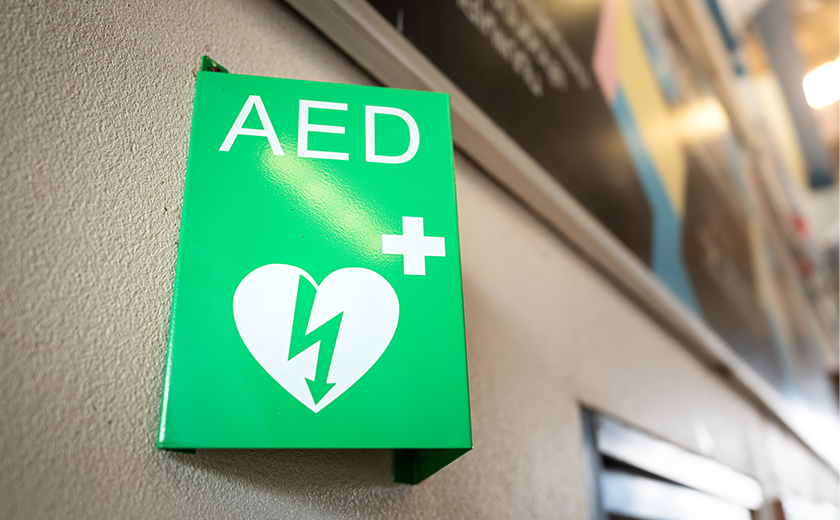Q&A – When do you need to replace an AED?
Did you know that only 5-10% of cardiac arrests end well? Resuscitation with an Automatic External Defibrillator (AED) increases the chance of survival by up to 70%. Quick and decisive action with an AED can literally save lives. But what is the expiry date on one of these devices?
AED devices are medical devices. The manufacturer is responsible for the devices safety and performance, and is therefore also responsible for deciding how long such a device will last. To determine that, the manufacturer conducts its own tests and research. The amount of time you can safely use an automated external defibrillator depends on the device and the manufacturer.
And if the lifespan has been exceeded? The warranty expires and the manufacturer no longer guarantees the safety of the AED. At this point in time, you must replace the device.
What about maintenance?
- Have you installed an AED device in your organisation? Then you are responsible for its maintenance. All the details about how to do this are contained in the user manual.
- A monthly check and a thorough inspection after each use are mandatory for every device. Check the battery status and that there is an intact electrode pair available for use. Document each inspection in a register. A checklist and template to help you with this is available on MyMensura (in Dutch or French).
- In addition, it is mandatory to provide usage data every year to the "Directoraat Generaal Basisgezondheidszorg en Crisisbeheer" [Directorate General for Basic Healthcare and Crisis Management].
Did you know…
a Danish study showed that almost one in five AED devices in public places do not meet the safety regulations? The main cause is exceeding the expiry date of the electrode pair.
Is an AED mandatory?
There is no legal requirement for an organisation to keep an Automated External Defibrillator on hand. However, for those that do, it is a good idea to place the AED in a case annotated with a heart and the letters, “AED” and keep it in an accessible place. As many as 30 people suffer a cardiac arrest in Belgium every day. The larger your company, the greater the chance it will happen to one of your employees or visitors.
The legislation distinguishes between two AED device categories:
- Category 1: an automatic external defibrillator which cannot be switched to manual mode and therefore cannot administer an electric shock independently, and which does not have a screen for monitoring cardiac rhythm.
- Category 2: an automatic external defibrillator that can be switched to manual mode and can therefore administer an electric shock autonomously, or that has a display for monitoring cardiac rhythm.

Save lives with an AED
The first few minutes after a cardiac arrest are a matter of life and death. The chances of survival are increased considerably if chest compressions are started as soon as possible (i.e. immediately). Our practice-oriented training “Reanimation and use of the automatic external defibrillator (AED)” teaches the basic techniques of resuscitation and how to use an AED.